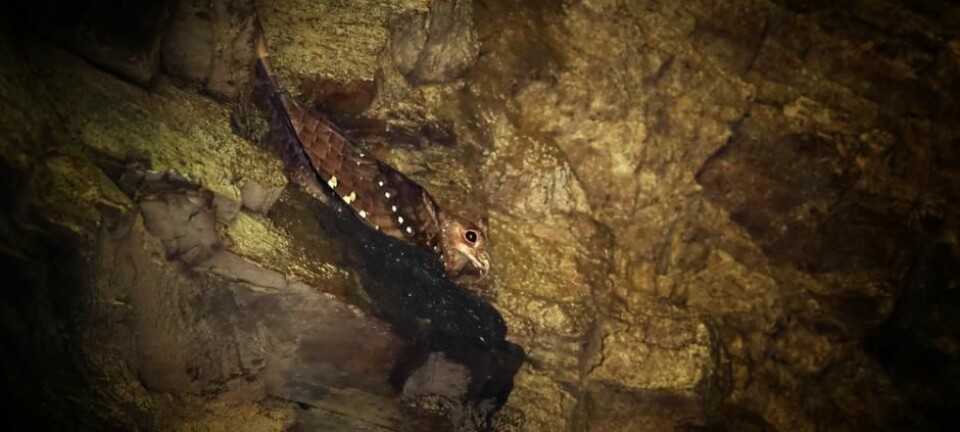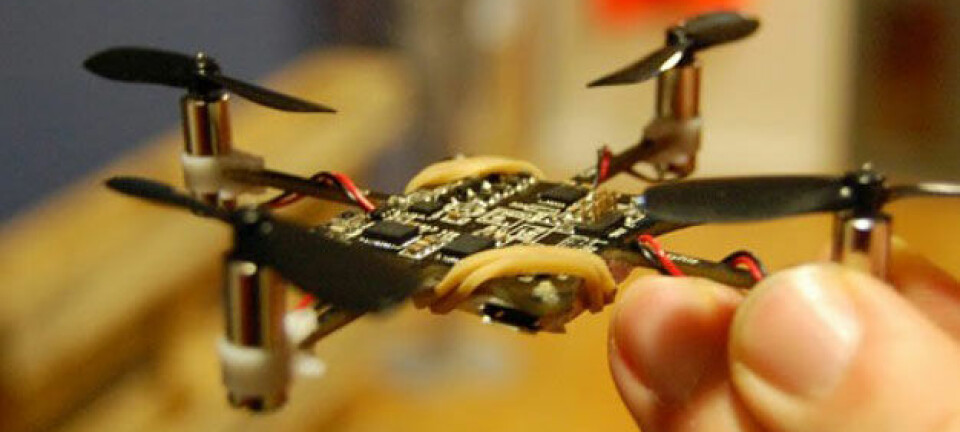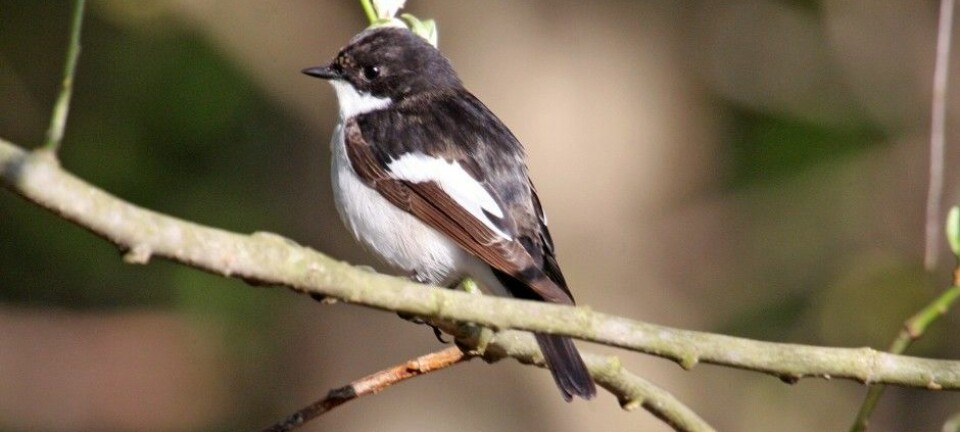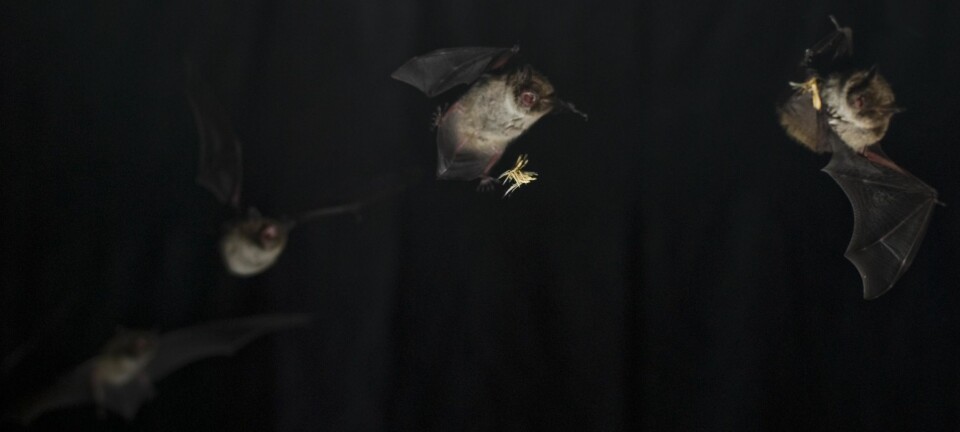Slow motion bats are the secret to next generation drones
Swedish researchers are studying how bats manoeuvre to create next-generation drones.
Bats flap their wings so quickly as they fly that it is impossible to see what they’re actually doing with the naked eye. So researchers at Lund University, Sweeden, wanted to find out more about how bats manoeuvre in the air.
“We do not really know very much about what animals actually do when they fly, as we have focused most on animals that are hovering. But this is not really common for animals when they fly in the open air,” says Per Henningsson, a biologist in the Department of Biology at Lund University.
Studying animals in flight could help engineers to build the next generation of drones.
Read More: Bird senses can improve drone navigation
Tricking bats to fly still
Henningsson and colleagues taught bats to fly in a wind tunnel so they were almost stationary in the air. Then the researchers tricked the bats into making sideways turns as they chased after a tasty meal worm on a stick.
The bats' wing movements were then captured using high-speed cameras and particle image velocimetry, a technique for measuring air currents. This allowed the researchers to see how the bats were able to swerve quickly away from obstacles and manoeuvre in search of insects.
Contrary to what many scientists thought, it turns out that the upward wing strokes were actually just as important as the powerful downward wing strokes when the bats are going to make quick turns.
"Now we have made direct measurements on bats that show how flexible they are. They turn in a variety of ways depending on where in the wingstroke they are,” says Henningsson.
Read More: Technology revealing the secret life of bats
Better drones?
Henningsson thinks that technology developers can benefit from the researchers' findings.
"The challenge for the drone industry is largely about control and stability in the air, and enabling drones to avoid obstacles. In this context, our results are very relevant,” says Henningsson.
Perhaps the next generation of drones will flutter around with wings, just like the bats in the Lund wind tunnel.
----------------
Read the Norwegian version of this article at forskning.no










